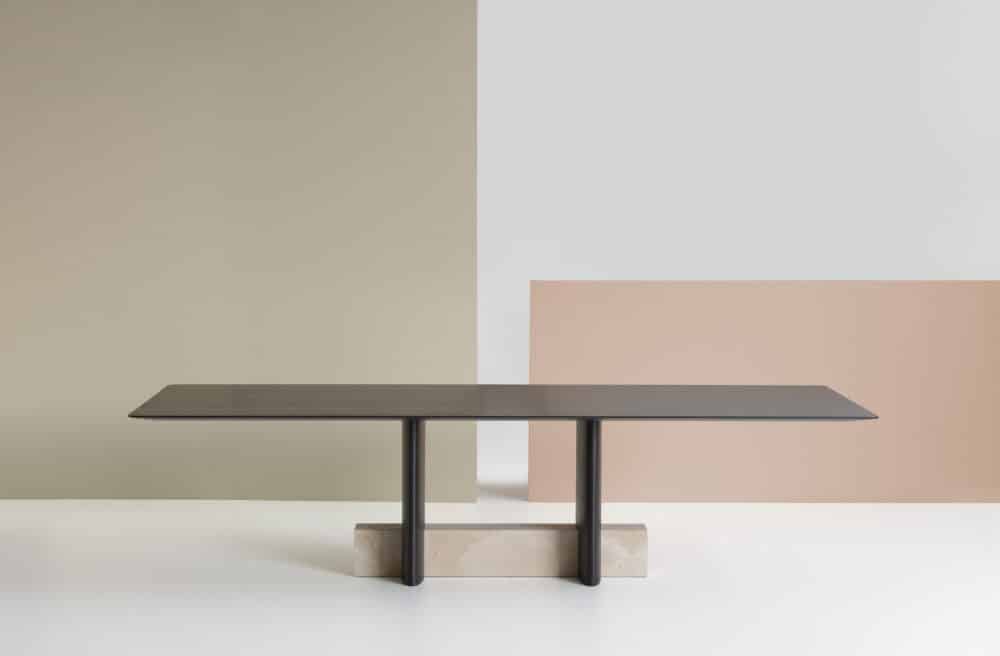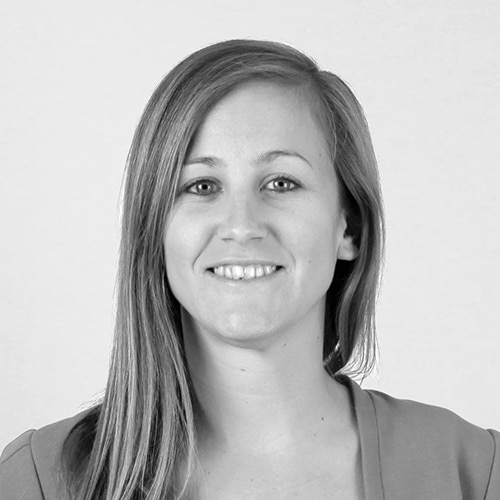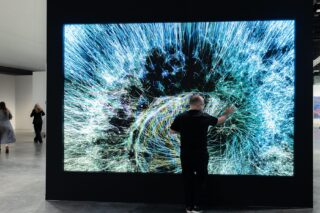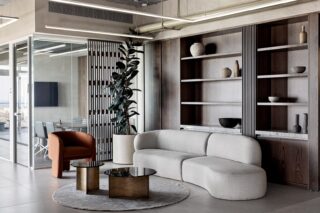Mario Ferrarini’s collaborative journey with Potocco Italy explores how his timeless designs seamlessly merge tradition with innovation to redefine contemporary elegance in furnishings.
Mario Ferrarini is renowned in the world of Italian design for his commitment to creating timeless creations imbued with a delicate sense of balance. After studying at the prestigious Politecnico di Milano, Ferrarini began his career with experiences at prestigious design studios before founding his eponymous studio in 2007. With a philosophy centered on enduring elegance, his designs reflect a seamless fusion of technical prowess, aesthetic finesse, and functional excellence.
His latest collaboration with Potocco Italy, a historic name in furnishings, unveils a captivating intersection of tradition and innovation. Founded in 1919 as a humble artisan workshop by Domenico Potocco, the brand has since evolved into an esteemed industrial powerhouse, synonymous with impeccable craftsmanship and design ingenuity. Under the stewardship of Antonino Potocco, aided by his daughters Alice and Marianna, the company continues to uphold its legacy of excellence, catering to a global clientele with its exquisite range of home and contract furnishings.
In this interview, Mario Ferrarini offers insights into his collaboration with Potocco, shedding light on the creative process behind their latest designs. Ferrarini provides insights into his recent designs for Potocco, including the Minima chair and Syn table exhibited at Salone del Mobile, detailing his approach to balancing functionality, aesthetics, and market appeal. He also shares his thoughts on the factors contributing to a product’s longevity and reflects on the challenges and rewards of being a designer in today’s market.
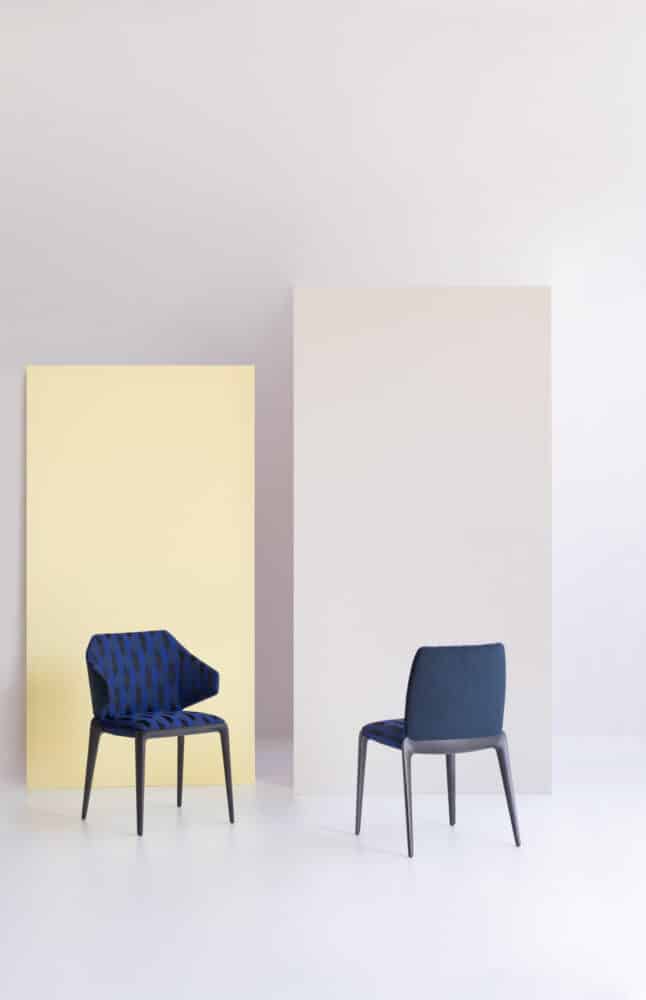

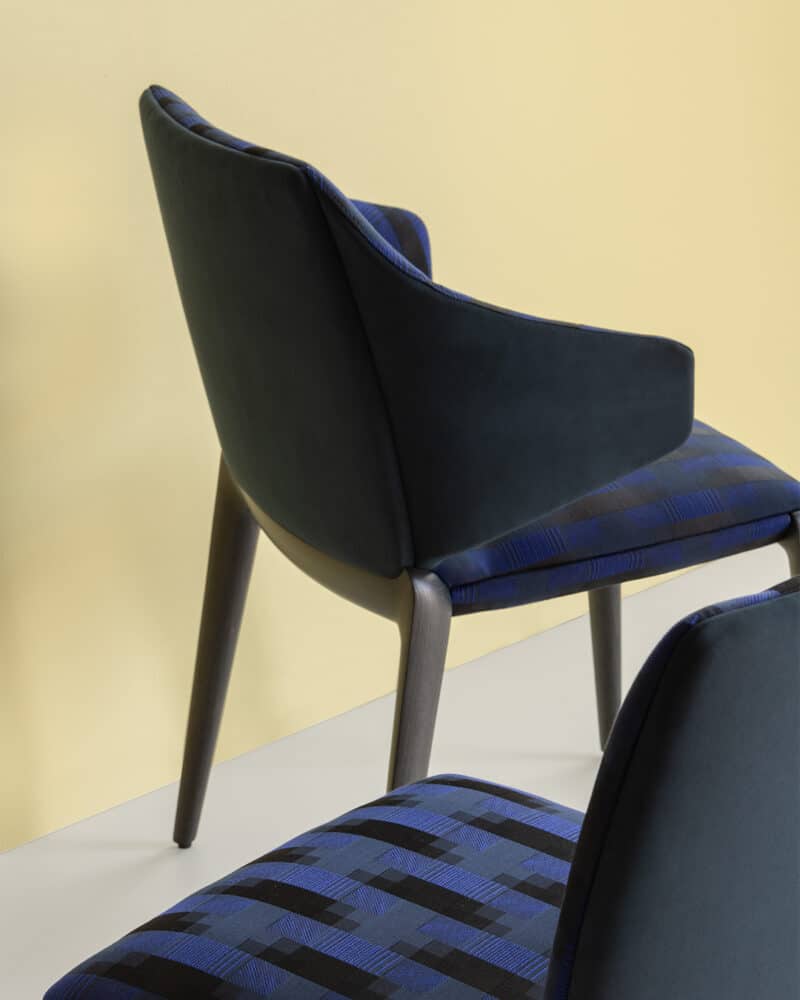
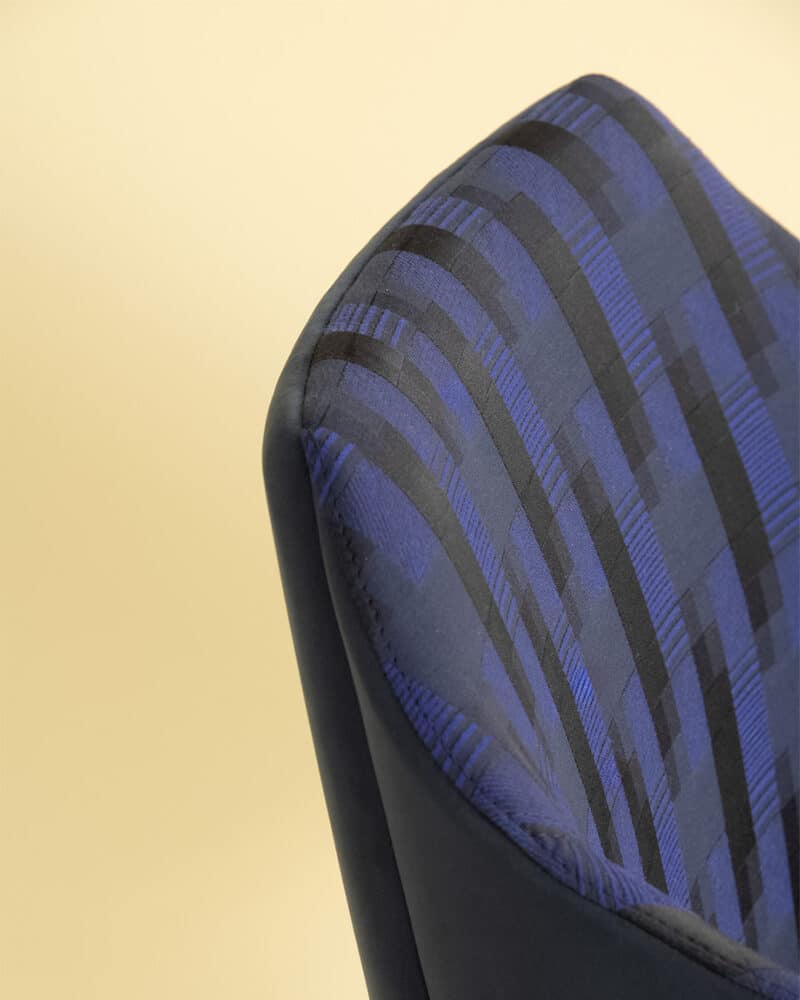
ArchiExpo e-Magazine: What are some differences between your collaboration with Potocco and other companies?
Mario Ferrarini: I’m very proud of my work with Potocco and lapalma because they are very different companies, with different orientations, target prices, and client types. The customers are different and this point exemplifies how a designer doesn’t have to put in evidence or underline him or herself like a star, but help the client to increase their business through the collection, their clients, and their markets. I’ve developed a close relationship with Potocco for a long time. In 2017, they met me by looking through my past project and we created a collection that today is the best-selling product. The name is VELYS. The team at Potocco and I continue to talk every day together. It’s like a big family. I love the relationship with them because we talk a lot and it’s easy also for me to express everything I have in mind for them: target, solutions, everything.
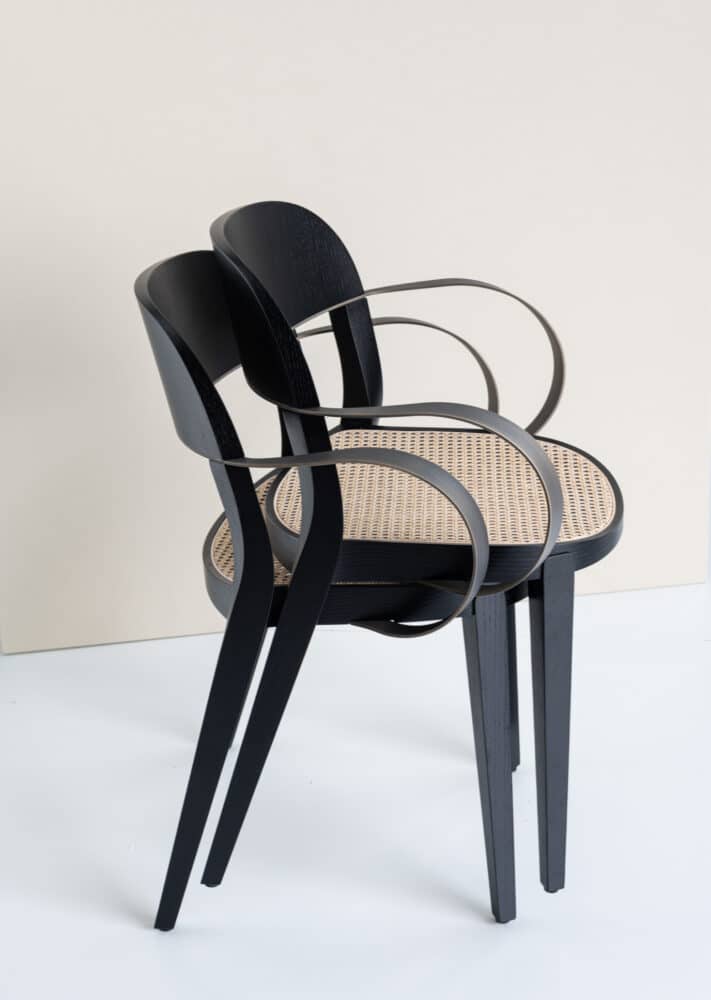
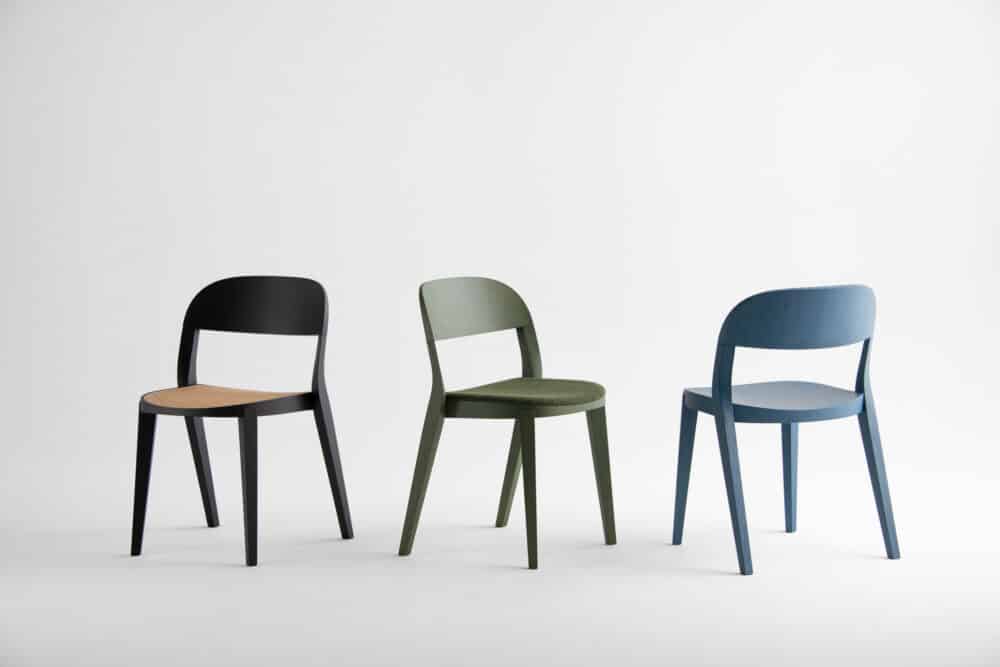
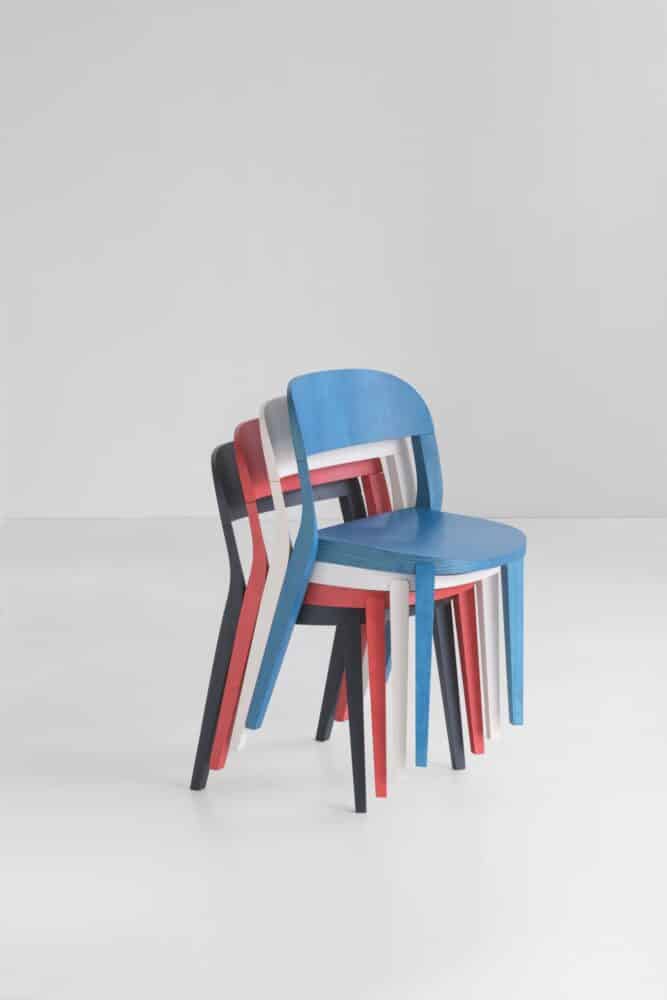
ArchiExpo e-Magazine: What can you tell us about the recent products exhibited at Salone del Mobile? What elements did you consider when designing these products, regarding the clients?
Mario Ferrarini: I like to analyze the company, how they work, their craftsmanship, and their skills, and feedback from the customer regarding the price, the material, and the finishes. With Potocco, we work together to best respond to customers. For example, the new Minima chair seems like a normal chair but it’s a neutral chair. Why? Because neutral means that you can put it inside the restaurant as well as other areas.
It’s not common for a posterior chair to be stackable without becoming too big compared to the seat. It’s well-balanced like a design. But neutral means you can put the chair in restaurants, shops, or anywhere. The chair is not so dominant which is important for architects who plan and design a space, so they prefer to need something neutral.
For the Salone del Mobile, in Milano, we updated the Minima chair with an armrest. We didn’t want to make another chair that increased the possibility of using a wood armrest, because it was so normal. We chose to do a small, thin metal frame with a mold that is complicated to discern, resembling a sort of ribbon.
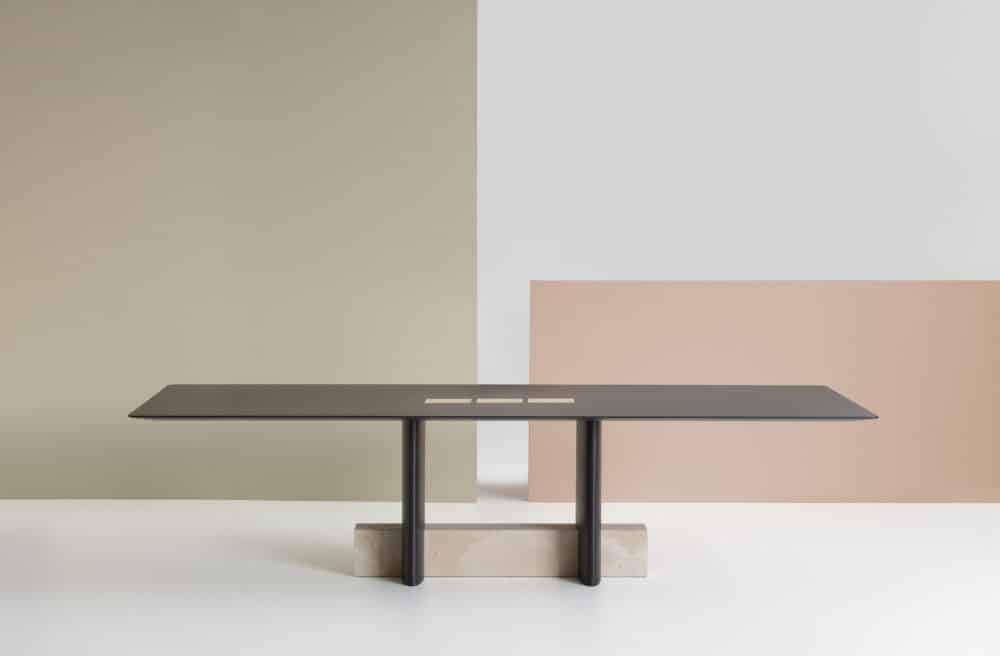
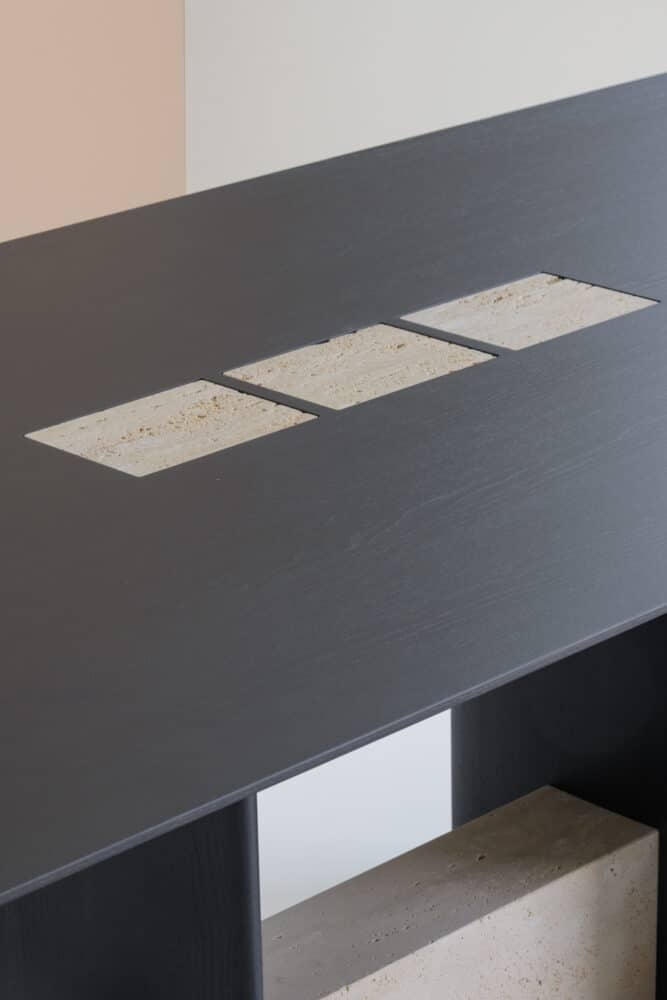
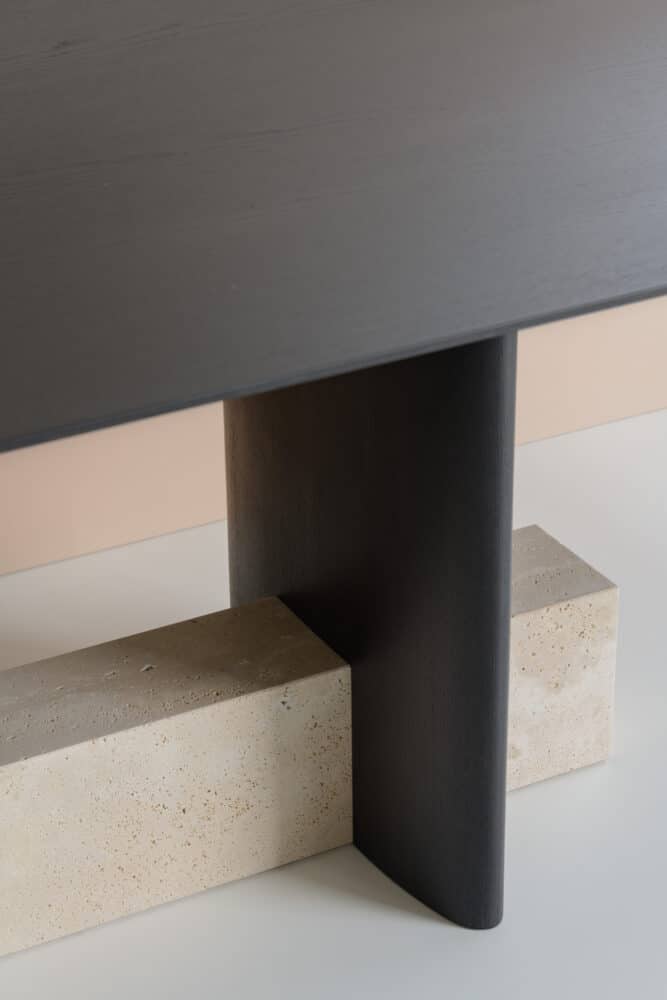
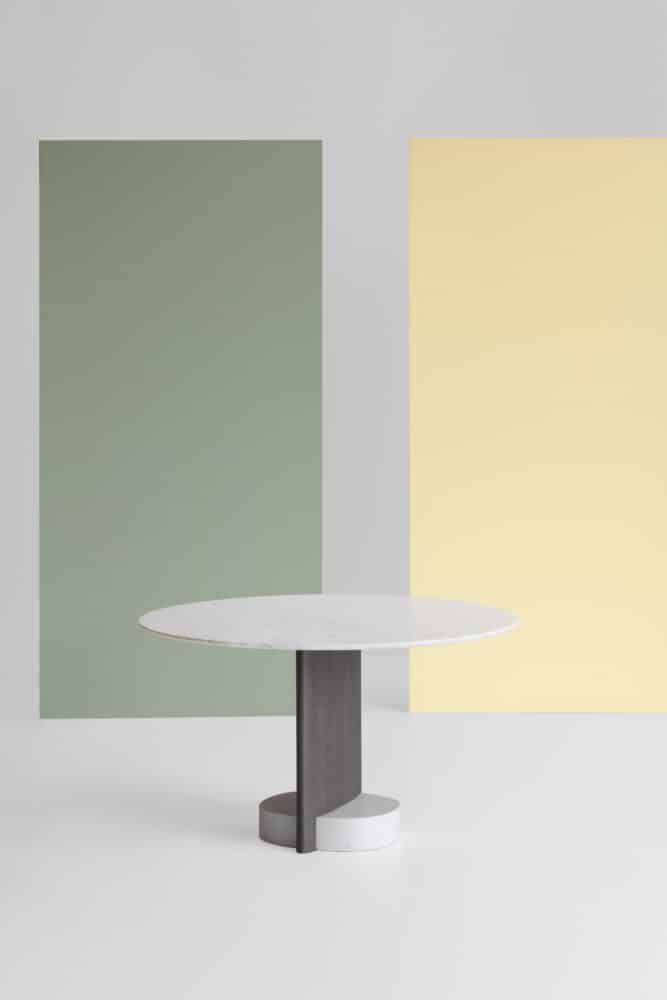
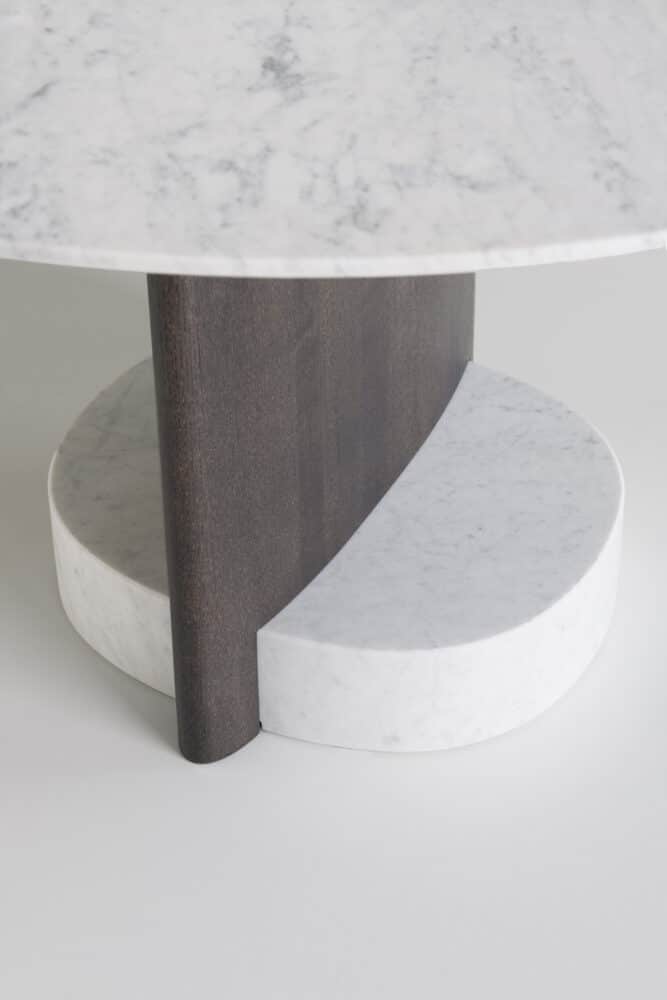
ArchiExpo e-Magazine: Why did you add a marble base to the Syn table?
Mario Ferrarini: Potocco asked me to do a table for their collection because they needed a rectangular table. The result displays a table different from what we’d find on the market. Today, every year, we have how many fairs, how many products? It’s next to impossible to differentiate. It seems everything is close to each other. It’s the reason I created the table with the marble base as the legs. The weight of the marble, which is a travertine, catches your attention. In Italy, we usually see tabletops with four legs at the corner which doesn’t work in some countries. It could be a good seller because it’s a central base where you can put chairs everywhere. And your legs don’t get caught on the table legs. The new Syn table was produced only a week before the Salone.
ArchiExpo e-Magazine: What’s your main goal as a designer when you work on a product?
Mario Ferrarini: I’m not a trendy person. In general, I want the products to last a long time. As a designer, you work and your payment amount is by royalty. In ten years, I want to see my products are still around and functioning well.
ArchiExpo e-Magazine: Is it typical that designers are paid by royalty?
Mario Ferrarini: Yes. And that’s standard for at least Italy. It’s the same in other countries. In the north of Europe, it’s higher than in Italy. It’s 5% usually, here it’s 3-4% in Italy. Now I’m working in the US, with Davis Furniture, an American brand, and it’s the same. Usually, you have an advance royalty payment for the prototypes. Some clients ask you if you want to pay by a fee, but I don’t like the fee because it goes against the approach of creating a timeless product. If I receive a fixed amount once, it’s done.
